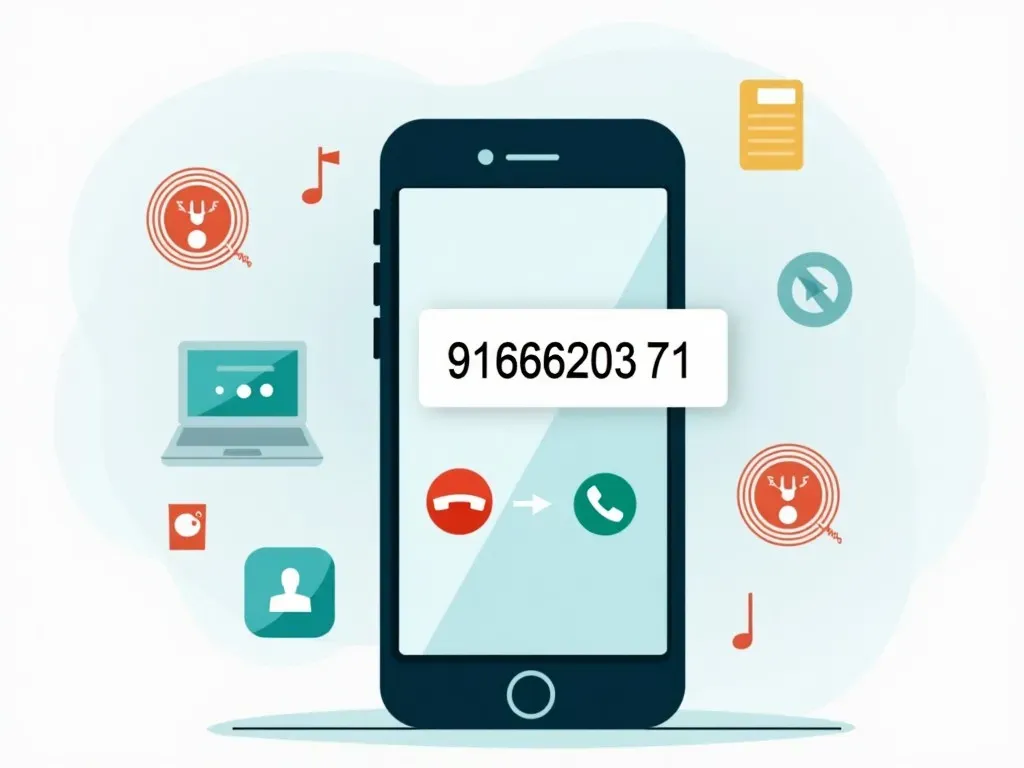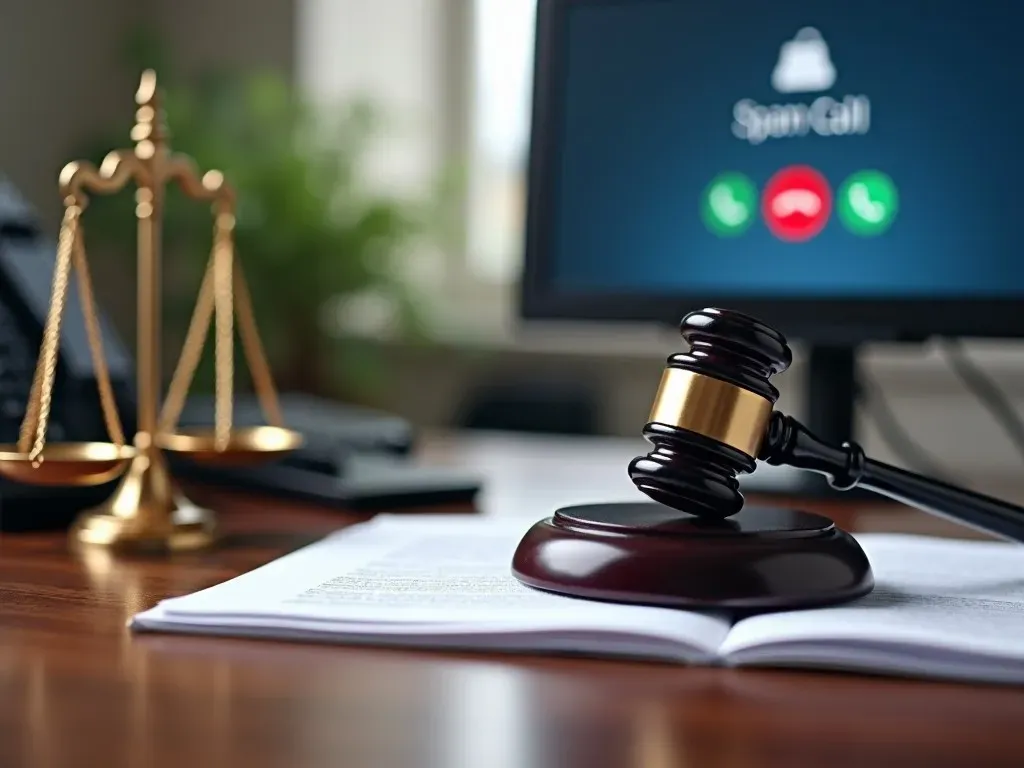When the phone rings, there’s often a sense of anticipation or, for many, a feeling of dread, especially when the caller ID reveals a number like 9163620371. As concerns about spam calls continue to grow, understanding the nuances behind such calls has never been more critical. The increase in unsolicited calls has several implications, ranging from privacy invasion to security risks. As a responsible user, knowing how to handle these calls can greatly enhance your peace of mind and trust in technology.
Receiving calls from unknown numbers can be intimidating. How do you differentiate between a legitimate business trying to offer you a valuable service and a telemarketer trying to peddle something you never asked for? In this article, we’ll dive into the details surrounding the phone number 9163620371, taking a closer look at its origins, user feedback, and the best strategies to handle such nuisance calls effectively.

| Caller Information | Details |
|---|---|
| Phone Number | 9163620371 |
| Company Name | Unknown (needs verification) |
| Headquarters | Not specified |
| Representative | Not available |
| Established | Not specified |
| Business Activities | Varies; often related to unsolicited offers |
| More Information | FCC on Spam Calls |
Identifying the Source of 9163620371
When you receive a call from 9163620371, it’s essential to investigate and determine who the caller is. The origin of the call can significantly influence how you should respond. Sadly, various spammers exploit such numbers, prompting users to remain cautious. Some reports suggest that this number may belong to a telemarketing company or an automated dialing service targeting consumers.
General user reactions can vary widely. Many individuals express feelings of frustration and anxiety upon realizing they have answered a spam call, often leading to feelings of betrayal, especially if they provided any personal information during the call.
Compounding the issue are anecdotal reports of users sharing experiences online. For instance, on certain social media platforms, people report being promised services that either do not exist or are overpriced, fueling the fire of skepticism towards unknown callers.
User Experiences with 9163620371
In the realm of user experiences, several themes emerge consistently when discussing calls from 9163620371. Most users express a sense of discomfort when answering unknown numbers, often expecting a marketing pitch or, worse, a scam. This anxiety stems from a collective awareness of the proliferation of spam calls and a desire to protect one’s privacy.
Feedback collected on various online forums and social media platforms highlights a troubling pattern. Individuals across different demographics report similar experiences: aggressive sales tactics, unsolicited recordings, and vague or misleading information. A common sentiment articulated by users is the feeling of being overwhelmed by the sheer volume of spam calls they receive, leaving them questioning the integrity of any incoming call.
Reflecting on how different demographics might handle these calls reveals interesting observations. Older adults may be more susceptible to scams due to unfamiliarity with current technologies, whereas younger individuals typically express a strong aversion to such calls and are more proactive about using call-blocking features.
Strategies to Handle Nuisance Calls
Step 1: Set Up Call Blocking
To proactively deal with nuisance calls such as those from 9163620371, consider utilizing call-blocking features available on most smartphones today. Many carriers also offer additional call-blocking services to help combat unsolicited telemarketing calls.
Tip: Utilize settings on your mobile device to automatically block numbers with repeated calls or that have been reported as spam.
Step 2: Respectfully Decline
When answering a call and realizing it’s from a number you don’t recognize, it’s perfectly acceptable to politely decline to engage. A simple phrase, like "I’m not interested, thank you," can save you from extended conversations and potential frustration.
Note: If you do choose to engage, don’t provide any personal information or financial details, no matter how persuasive the caller may seem.
Step 3: Understand Your Rights
Knowing your rights as a phone user is crucial when dealing with unwanted calls. The Telephone Consumer Protection Act (TCPA) is designed to protect consumers from unsolicited marketing calls, ensuring you have options to report unwanted communications. Depending on your country or region, there may be regulations that require telemarketers to adhere to specific guidelines.
The Federal Communications Commission (FCC) has extensive resources available to inform consumers about managing unwanted calls. Their website has a wealth of information on what to do if you feel harassed or if your privacy has been violated.

The Importance of Awareness and Vigilance
Maintaining an awareness of what types of communications qualify as spam or telemarketing can save significant time and stress. As scammers become more sophisticated in their tactics, it’s incumbent upon users to stay vigilant about how they interact with unknown callers.
Statistics show that spam calls have increased dramatically over recent years. In 2021 alone, over 50 billion spam calls were made in the United States, representing a staggering influx of unsolicited communications. The emergence of robocalls further complicates this landscape, as automated systems dial numbers en masse, often leaving voicemails that can sound entirely official.
To combat this trend, various organizations have taken initiatives, including campaigns to educate consumers about recognizing spam calls and reporting them if necessary.

The Digital Age and Its Implications
In our digital, interconnected era, the manner in which we communicate has changed dramatically. While technology has provided invaluable benefits, it has also paved the way for malicious entities to exploit vulnerabilities within the communication systems.
As users, a collective effort can make a difference. Sharing information about common spamming numbers, discussing strategies on social media, and reporting unsolicited or suspicious calls can contribute to a larger fight against these annoyances.
They say knowledge is power; in this case, being informed about the nature of calls you receive, like those coming from 9163620371, can immensely empower your ability to handle them effectively.
The Rise of Call-Blocking Applications
Call-blocking apps have gained traction in recent years, catering to consumers looking for an extra layer of protection against spam calls. These applications offer robust features that help users identify unwanted callers before they even ring through. Some popular options include Truecaller, Hiya, and Mr. Number.
Each application has its unique advantages; Truecaller, for example, combines caller identification with a spam blocking service, while Hiya focuses on enhanced security features for users worried about sharing personal information.
Many of these services often operate using community databases that track and report spam numbers, creating a network effect where users benefit from collective knowledge.
Thus, while you navigate this complex terrain of unsolicited callers, leveraging technology can empower you in scenarios where unexpected calls arise.
The Need for Legislative Measures
Governments worldwide have logged calls for better regulations to curb the influx of spam and unsolicited communications. Legislation aimed at restricting robocalls and establishing stricter measures on telemarketers is steadily gaining traction.
For example, states such as California have enacted laws requiring telemarketers to disclose their identity, business affiliation, and purpose of the call immediately upon answering. Awareness campaigns led by the FCC and various consumer protection organizations also drive much-needed attention toward this escalating issue.
As consumers become more educated about their rights and how to protect themselves, this puts additional pressure on legislators and companies to adhere to ethical practices in their marketing strategies.

The Role of Technology in the Future
Looking ahead, advancements in artificial intelligence (AI) could streamline the process of identifying and filtering out nuisance calls. Companies invested in telecommunication technology can harness AI to create systems that better recognize spam calls and respond in real-time.
Innovative solutions like spam detection algorithms and enhanced caller ID services can lead to revolutionary changes in how we perceive and handle unexpected calls. As the telecommunications landscape evolves, staying ahead of potential threats becomes essential.
Whether you rely on a combination of personal vigilance, technological tools, or state-of-the-art software, the ensuing battle against spam calls requires both a proactive and informed approach—ensuring that numbers like 9163620371 don’t disrupt your day unnecessarily!


